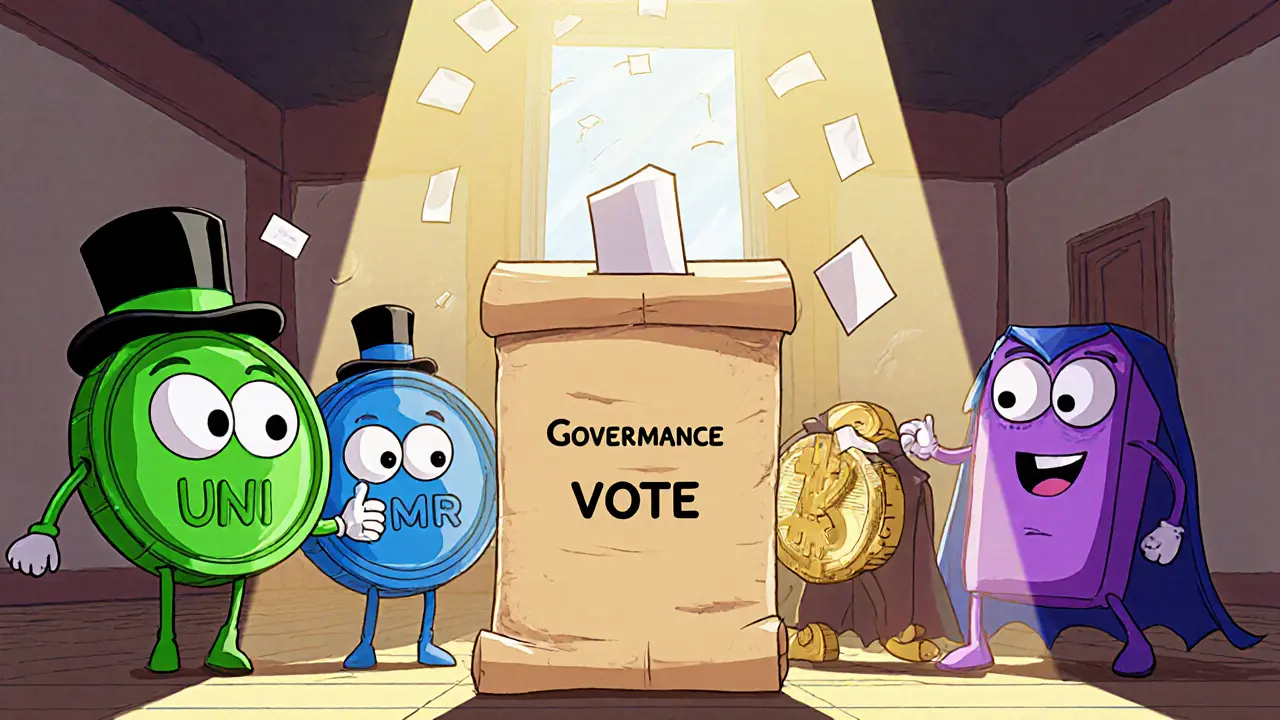On-Chain Voting Explained
When working with on-chain voting, a method that records every vote directly on a blockchain, ensuring transparency and immutability. Also known as blockchain voting, it lets token holders influence protocol upgrades, treasury allocations, and rule changes without relying on off‑chain intermediaries. on-chain voting has become the backbone of many decentralized projects, giving communities a real stake in decision‑making.
Key Building Blocks of On-Chain Governance
At the heart of most voting systems is a Decentralized Autonomous Organization, an entity run by smart contracts where members vote on proposals. DAOs use DAO structures to manage funds and evolve protocols. To power these votes, projects issue a governance token, a digital asset that grants voting rights proportional to holdings. Holders can cast votes directly, delegate them to trusted parties, or use snapshot tools that capture voting power at a specific block. Delegated voting, also called proxy voting, lets users entrust their influence to experts, while snapshot mechanisms provide a weight‑based tally without incurring transaction fees. Together, these elements create a closed loop: DAOs define the rules, governance tokens assign voting power, and on-chain voting executes community decisions.
Projects differ in how they balance speed, security, and participation. Some opt for fast finality to confirm votes within seconds, sacrificing a bit of decentralization; others favor thorough probabilistic finality, ensuring votes are tamper‑proof but taking longer to settle. Security measures like multi‑factor authentication for proposal creators and timelocks on executed actions add layers of protection. The result is a diverse ecosystem where on-chain voting enables everything from token swaps on a DEX to treasury rebalancing in a DeFi protocol. Below, you’ll find articles that dive into specific tokenomics, finality trade‑offs, security best practices, and real‑world case studies—all illustrating how on-chain voting shapes the future of blockchain governance.

